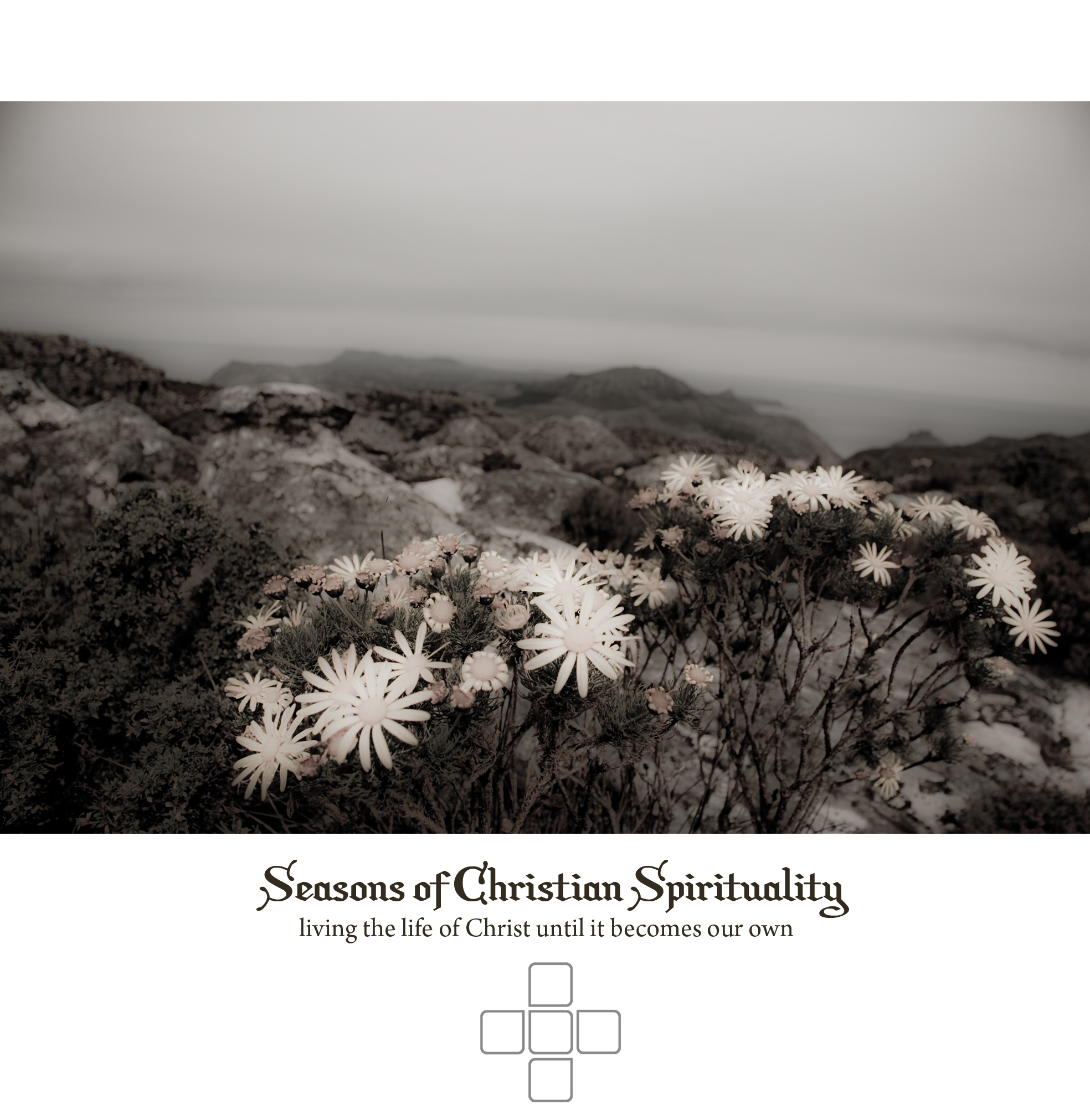Maundy Thursday is the time when we remember the final night Jesus spent with his friends. During the Last Supper, Christ re-vitalized the Passover Meal, infusing it with new, prophetic meaning concerning his sacrificial death on the cross. Afterward, he led his disciples to the Garden of Gethsemane to pray and to prepare for his betrayal and execution.
En route to Gethsemane, John’s Gospel mentions that Jesus crossed the Kidron Valley (see 18.1). This is fascinating symbolism, given that during the time of Christ the Kidron Valley was the dumping ground for the Jewish Temple. Every year at Passover people would travel hundreds of miles to offer sacrifices in Jerusalem. This was messy business, and in order to keep the Temple clean, the priests had constructed a drain that expunged the sacrificial leftovers—the blood of the 200,000 slaughtered lambs—into the valley.
To correctly imagine Jesus’ last moments, we must see him walking to Gethsemane through a sopping field of blood and guts. On the night that he was to be betrayed, Christ was baptized in sacrificial blood. Of course, if you’re familiar with some of the latter Second Testament you’ll know that Christ’s followers understood his death to be a replacement for the cultic sacrificial system. Where once people had to sacrifice animals to atone for their sins, Christ himself became the perfect and final sacrifice. No more animals needed to be killed—he himself was the Lamb who was Slain.
Picture this: On his way to the garden, the Lamb who would be slain was sodden by the Lambs who were being slain.
This mental picture ought to help us understand the true nature of Christ’s death. He walked through a landscape wholly marked by sacrifice. When he got there, it was marked by the sacrifice of others. When he left, it was forever transformed into a landscape of self-sacrifice. Just by being there, it was like he was proclaiming that sacrifice in-and-of-itself was no longer enough. For us to be made right with God, we must now claim the sacrifice of Christ Jesus. And, like Christ, we too must learn to walk the path of self-sacrifice.
Self-sacrifice is an unappealing ethic, but it is the basis of Christ’s Kingdom teaching. His Kingdom works on paradox—the last shall be first, and the first shall be last; whoever wants to keep his life must lose it; whoever wants to become great must become like a servant. In the Kingdom of God, all taking must be transformed into giving. All greed must become investment. All violence must become love.
We should remember this when we enter our own Gethsemane experiences, when we feel betrayed, isolated, and doomed to die. In those moments, we ought to let Christ’s example embolden us to walk bravely into situations we might otherwise choose to avoid. We must never forget that behind our tragedies there stands a Savior who has walked through judgment and suffering too, and the manner of his suffering has become the pathway for our salvation.
This post is from Seasons of Christian Spirituality.
fossores
Related posts
Categories
Category Cloud
Tag Cloud
Recent Posts
- Victors and Victims November 6, 2018
- 3 Hacks for Happiness October 29, 2018
- Hope Against Death September 20, 2018
- The Shape Of The Cross September 19, 2018


